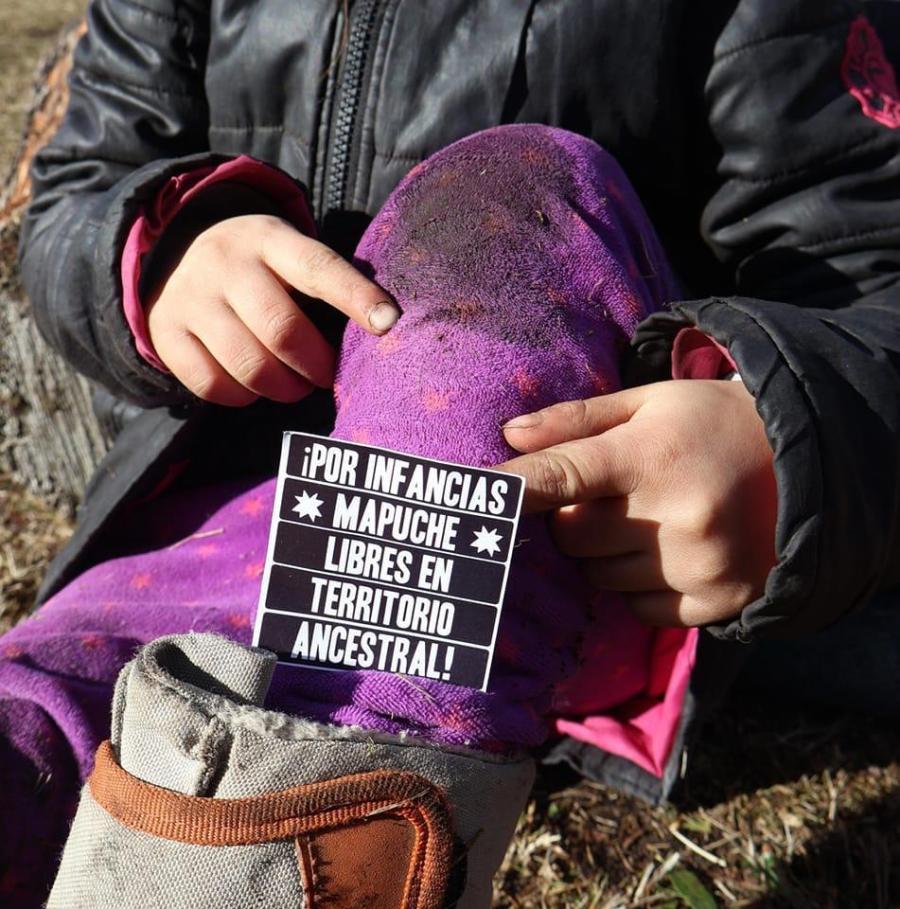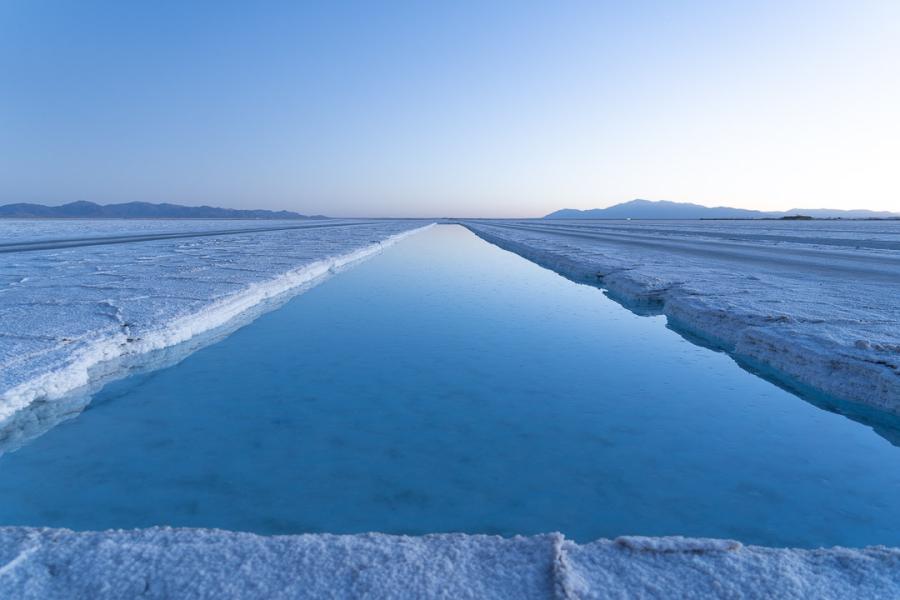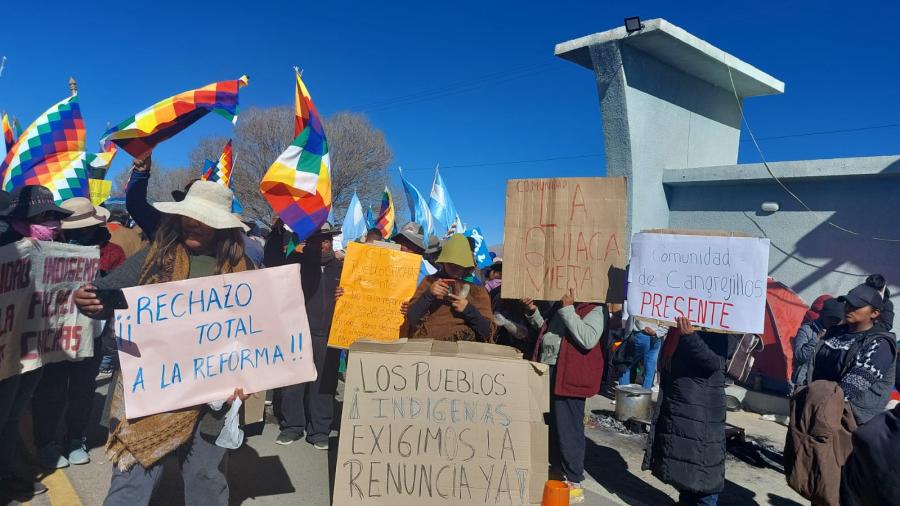Indigenous groups inhabiting the area of Bañado La Estrella in Formosa, Argentina, certainly know how to fish. Moreover, fish is their favorite food. Yet, they are starving and their children suffer from malnutrition. Meanwhile, a few kilometers away, fish die by the thousands because of badly understood ecological changes.
“Do not give them the fish, teach them how to fish”: This phrase, initially used by the United Nations Food and Agriculture Organization and repeated by governmental and non-governmental organizations in campaign posters, pamphlets, and on television and radio, makes little sense in the Chaco. The rationale of its message becomes simplistic, even deceitful, in light of what is happening today in Formosa, Argentina. There, in the heart of a vast geographical area known by the Quechua word Chaco (hunting ground), several Indian villages constantly face starvation.
Little-known to the average North American reader, the Gran Chaco is vast, spanning 1 million square kilometers across western Paraguay, eastern Bolivia, and northeastern Argentina. It is characterized by a patchwork of savannah grasslands and semi-arid vegetation, with forests lining the riverbanks. The current landscape of the Gran Chaco was shaped by alluvial sediments and by the slow drying-out of a large water system formed during the Andean genesis. About 6,000 years ago, areas surrounding this inundated territory became available for human use and were settled by various peoples. For historical and geographical reasons, the Gran Chaco became a refuge where many indigenous groups coexisted.
Currently, linguists recognize 17 languages that are descended from the approximately 50 indigenous groups that once inhabited the area. The Bermejo and the Pilcomayo rivers run northwest to southeast through the center of the Gran Chaco. The upper and middle Bermejo are inhabited by a host of indigenous nations who call themselves Wichí (formerly known as Mataco in ethnographic literature). The nomadic Wichí also inhabited the upper Pilcomayo area. Now many of these peoples have settled in the periphery of towns and cities in Formosa along National Highway 81.
The Pilcomayo River gives rise to a complex and unstable system of wetlands known as Bañado La Estrella. The region surrounding the Bañado has been inhabited at least since the end of the 18th century by groups of people who belong to the linguistic stock known as Guaycurú. These people formed three distinct groups that occupied the region before Argentina’s expansion as a nation-state at the end of the 19th century. Further from the Wichí, the Pilagá (about 4,000 people) live in the southeast of the Bañado and the Toba (about 1,800 people) live in the northwest.1 In all, 23 Indian settlements now exist within a 40-kilometer radius of the Bañado.
The Gran Chaco is not only rich in cultural variation but also in biological diversity. It hosts species from both the neotropics and the temperate southern pampas, including peccaries, tapirs, jaguars, pumas, deer, armadillos, anteaters, maned wolves, cavies, vizcachas, rheas, and guans. In the heart of the Gran Chaco, the Bañado wetlands are a relic of the region’s original landscape. Designated recently a Ramsar site—an internationally important wetland under the Convention on Wetlands—it is the home of native species like the lungfish.
Many of the local indigenous people used the Pilcomayo, Bermejo, and Bañado’s resources. The Toba, Pilagá, and Wichí rely heavily on fishing for their subsistence. Among the regional fishes are shads, ox-eyed cackerels, catfish, piranhas, and eels. The sábalo fish stands out as the most abundant and ubiquitous. This fish is a staple and a symbol for the Indians. In the majority of the Chacoan languages, the word sábalo indicates fish (wahát in Wichí, ñíyaq in Toba and Pilagá, and sheets in Maká).
Today, more than 500 years after Columbus’ arrival in the Americas and 100 years after the advancement of the Argentinean national colonial frontier into their territories, the Toba, Pilagá, and Wichí peoples are in a dismal state of cultural and material impoverishment. They are socially dismembered, their Native languages subordinated to the official language, their customs and traditions dramatically affected by contact. In the majority of cases, the Indian peoples of the Chaco are now forced to live in an urban habitat that is foreign to them and are pushed to accept market rules that are equally strange to their practices. They use ingenious tactics and covert resistance to adapt their societies. Their precarious dwellings, originally conceived to be temporary shelters for nomadic groups, have become permanent residences for overpopulated and sedentary communities. Likely as a result of language difficulties, children drop out of school within the first few years, most of them having repeated first grade two or three times. Few Indian children finish primary school and continue their education. Fewer still have achieved a professional degree. Prostitution, alcoholism, and drug addiction are sad consequences of having no policies to bridge socio-cultural differences. As far as public health is concerned, the Gran Chaco Indians are the most vulnerable and have the highest rates of tuberculosis and Chagas disease in the country. They have access to free medical services at public hospitals and health centers, but they commonly complain that they are discriminated against at these places. Their complaints range from being ignored at hospitals to being abused and mistreated. But underlying these pervasive health problems are chronic food scarcity and poor diets.
Lifestyle shifts also bring diet changes. Urban and suburban communities do not have the access to calorie sources and protein they had when they foraged for food in the forest. Protein- and fiber-rich food has been replaced by store-bought products, mostly noodles and rice, and nutrient-deficient prepared foods such as fried dough and white breads. Meat and eggs, being relatively expensive items, are seldom included in meals. No systematic study has been done in the Gran Chaco on nutrition among these people, but basic government statistics indicate a high degree of child malnutrition. This deficiency is clear to even the casual visitor; the enlarged bellies and brittle, reddish hair of young Indian children are obvious indicators. Although the government attempts to ease these problems by providing free meals at community kitchens, there are not enough quality foods to feed so many mouths.
Meanwhile, fish are dying by the thousands in the Bañado. In the past few years, the wetlands have become increasingly unstable. Some of the cause, such as the alteration of the course of the Pilcomayo River in the last 30 years, are natural. The Pilcomayo now runs more than 100 kilometers from its old riverbed. The silted terrain left by the water’s new course—a marshy inundated plain—is now part of the Bañado.
Human activities are also to blame. Since the first decades of the 20th century, ranchers brought cattle to the Chaco in significant quantities. More recently, agro-business ventures showed interest in the region, and public enterprises, such as the construction of watering systems and river dams, modified the environment. The resulting imbalance can be gauged by the massive deaths of fish in the area. In the past, these deaths were probably prevented naturally by poorly understood auto-regulation processes in the ecosystem. Today it is remarkable to see how, season after season, these fish return and saturate certain parts of the Bañado, providing more than enough food to feed all the Indian groups in the area. What is preventing the famished Indians from taking advantage of this natural resource?
The answer is tragically simple: They do not have the transportation means to travel the average 40 kilometers between their settlements and the Bañado or the river. They also lack the technology to carry and preserve the fish. Indian men often beg us for rides to the Bañado when we go on field trips in our research vehicles. The Wichí living in the outskirts of the town of Las Lomitas have sometimes used a community-owned tractor and a trailer to take communal fishing trips. The Pilagá take remarkably long bike trips to fish and bring home a few sábalos. Bañado La Estrella represents an anguishing paradox of fishermen and fish dying virtually alongside each other. Lavish banquets spoil before starving eyes.
It is not easy to understand how this irrational situation came to be, but it is imperative and of the utmost urgency to put an end to it. This task requires attention to the history of colonial occupation of the Gran Chaco region, and the effect this occupation had on Indian demography and subsistence practices. More pressingly, a solution to this crisis will require simultaneous, intelligent attention to the plight of the Indians today and of the ecosystem which they inhabit. The future of both depends on understanding how each operates. We need to achieve this goal by considering biodiversity issues and the reproduction of the environment and the reproduction—biological and cultural—of the affected Indian peoples.
Critical as the situation is, there are clear advantages. Because its paradox is so stark and so dramatically potent, it contains remedial elements: the fish are there, and they should become the solution. If the fish could be saved and preserved, the Indians would stave off hunger and improve their diet. Key to saving the fish are the existing habits of consultation and collaboration between the Indians of Formosa and anthropologists and biologists. These habits were established and exercised after Argentina reformed its constitution in 1994. An article on indigenous rights was added in the new charter, prompting a series of consultations with Indian groups from all over Argentina. In the case of the Wichí and the Toba-Pilagá of Formosa, these consultations resulted in a book about “the thoughts of the Indians of Formosa.”2 Aimed at solving an array of problems—philosophical and practical—that impedes the communication between Indians and the “national society,” the book amounts to an interdisciplinary, bi-cultural dialogue of great consequence. It provides a model for solving precisely the kind of problem that the Bañado is now stricken with: Indians, biologists, and anthropologists working together to bridge differences among themselves and present the blueprint of a solution to the provincial government. Funds are currently being sought to organize a set of two on-site meetings between Indians, biologists, and anthropologists at the communities’ land, which would constitute the first steps toward a solution that would truly stand a chance of being “sustainable.”
1. There are several other Toba groups in eastern Gran Chaco with a total population of about 35,000 .
2. Resources: “Pensamientos de los indígenas de la provincia de Formosa.” Proceso de Participación de los Pueblos Indígenas (PPI). Ed: Equipo de coordinación del PPI de Formosa, Buenos Aires, 2002)
José A. Braunstein (jose_braunstein@ hotmail.com) is the director of the Centro del Hombre Antiguo Chaqueño (CHACO) and worked in the Gran Chaco for the past 30 years. Claudia Valeggia (valeggia@arnet.com.ar) is a postdoctoral fellow at the Reproductive Ecology Lab, Department of Anthropology, Harvard University, and a researcher at CHACO. Edgard Krebs is an anthropologist at the National Museum of Natural History, Smithsonian Institution, and a researcher at CHACO.
Reference and further reading
Miller, E.S. (1999). Peoples of the Gran Chaco. Westport, CT: Bergin & Garvey.



